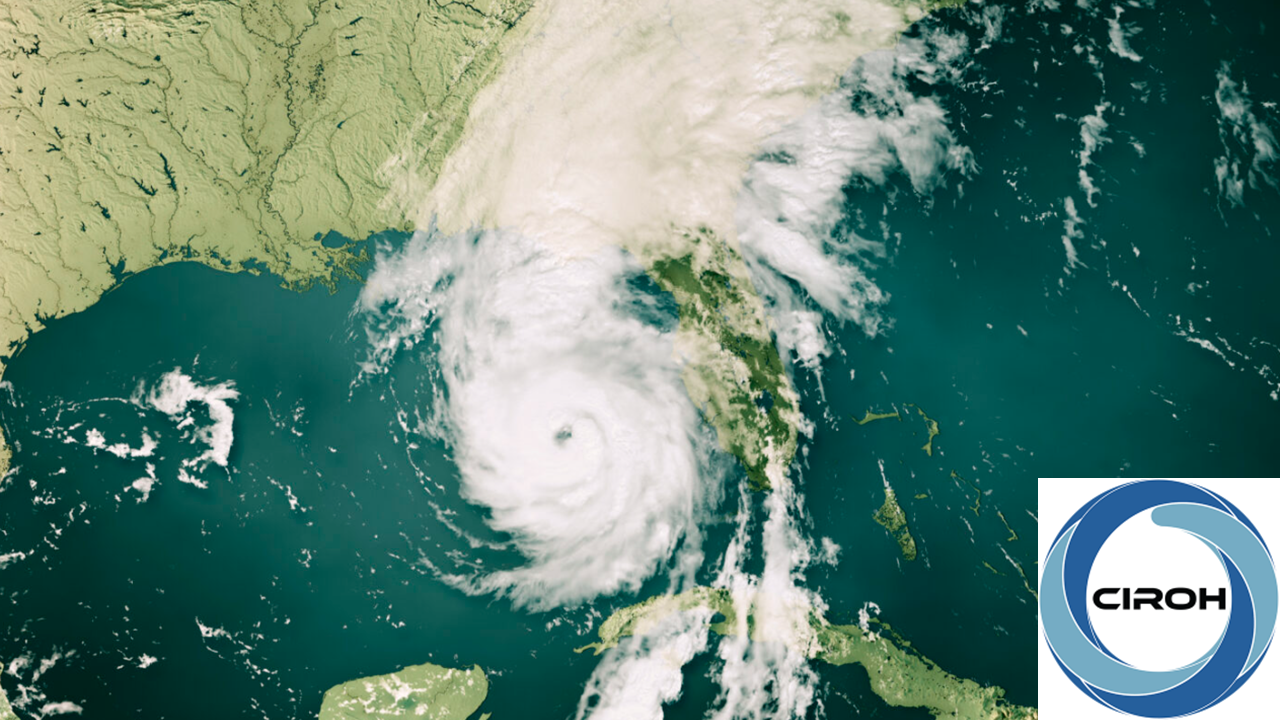Problem Statement
This module is focused on understanding Runoff generation during extreme weather events, using Hurricane Helene as a case study. It explores how intense rainfall interacts with different components of the landscape particularly the soil, to influence the movement of water across and beneath the surface. The primary goal is to examine the hydrological processes that control how precipitation is divided into infiltration, surface runoff, and subsurface flow during such high-impact events.
Hurricane Helene hit the Asheville, North Carolina area in September 2018, bringing intense rainfall across the the landscape which leads to unusually high runoff. The natural calamity lead to vulnerabilities in the region’s watershed and brings a problem of flood risk and having an understanding of hydrological behaviour under extreme conditions. This module will provide the contextual knowledge necessary to enhance predictive models and develop more resilient strategies for managing extreme hydrological events.
Forecasting floods requires accurate estimation of runoff from rainfall, and models such as the Green-Ampt infiltration approach help quantify how soil properties and saturation affect excess rainfall. This module is designed to analyze the Hurricane Helene event by calculating total rainfall, infiltration, and runoff to better understand watershed response under extreme conditions.
Module Overview
This module aims to explore the hydrological dynamics of Hurricane Helene, with a focus on runoff generation, and watershed response following the storm event. It addresses the question: How does rainfall translate into streamflow during extreme events, and what factors control this response? To answer this, learners will examine key factors such as soil properties,and antecedent moisture conditions, which influence water movement through a watershed.
As part of the technical component of the module, learner will implement the Green-Ampt infiltration model, a physically based method used to estimate runoff based on rainfall intensity, soil infiltration capacity, and hydraulic properties. By quantifying these parameters, the module provides a foundation for understanding how different landscapes respond to extreme precipitation, and how this knowledge can be applied to improve flood forecasting, watershed modeling, and the design of flood protection infrastructure
Target Audience
Operational Hydrologist
Tools Needed
Computer with access to Internet, Excel, Jupyter Notebook
Suggested Implementation Mode
The intent of this module is to bring together different concepts and techniques typically covered in hydrology courses using a real-world case study with an actual hydrologic problem on flood protection. The design of the module is such that hydrologist should be able to complete all activities on their own and each activity has its own worksheet for analyzing the progress and knowledge acquired from the module.
Expected Completion Time
One to two weeks is a reasonable timeframe to complete the entire module.
Course Adaptation
This course was adapted from HydroLearn411: "Quantifying Runoff Generation"
This course is available for adaptation and customization by other instructors. You can request a link to download a copy of the course and import it back into your own new HydroLearn course.
Learning Objectives
TAt the end of the module, you should be able to quantify the parameters associated with the watershed:-
The learner will be able to calculate the total rainfall, infiltration, and runoff
The learner will be able to differentiate between soil types for the watershed and measure its effect on runoff generation
3. The learner will be able to identify the effect of soil saturation condition and infiltration capacity on runoff generation
"This will be accomplished through activities within each section. Results from each activity will be recorded in specified results templates. The results templates for each activity can be found at the beginning of each activity. The results templates are organized such that results from one activity can easily be used in successive activities."



